The method of "fast sleep" after 2 minutes
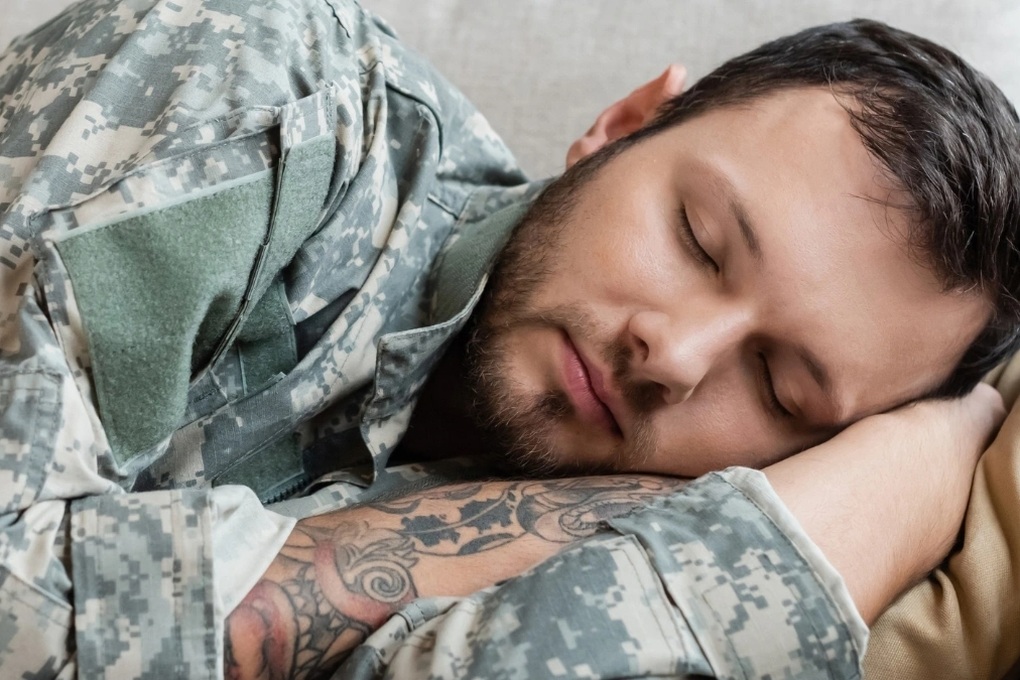
Military sleeping methods can help soldiers fall asleep easily even in noisy, harsh battlefields (Illustration: Getty).
The Military Sleep Method first appeared in the book “Relax and Win: Championship Performance” by author Lloyd Bud Winter, and is said to be a technique that helps soldiers fall asleep easily even in the noisy, harsh battlefield.
The principle of this method is based on 3 main steps: Relaxing the muscles, controlling the breathing, and visualizing a peaceful scene.
Specifically, the practitioner will relax the muscles of the face, shoulders, arms, then move down to the chest and legs. Then, adjust the breathing rate slowly, with a longer exhalation time. Finally, imagine yourself floating on a calm water surface or lying in a peaceful field.
These instructions are passed down by word of mouth as “fast sleep secrets”, helping people fall asleep in just about 120 seconds, or 2 minutes.
Scientific explanation
According to experts in sleep science and biological clocks, there is no legitimate evidence to support the “military sleep method” that has been tested or published in scientific journals.
However, when we compare it to cognitive behavioral therapy for insomnia (CBT-I), or the standard treatment recommended in medicine, we find some remarkable similarities.

Office workers sleep on chairs after lunch in Beijing (China) (Photo: Reuters).
Specifically, CBT-I also includes steps of progressive muscle relaxation, stimulus control, and eliminating anxiety or false beliefs about sleep.
The difference is that the military method is simplified, suitable for harsh environments where soldiers cannot control their schedules or sleeping conditions.
From a scientific perspective, the combination of muscle relaxation, breath control, and positive imagery actually helps the nervous system shift into a parasympathetic state, helping the body slow down its heart rate, lower blood pressure, and prepare for sleep.
In other words, the “military sleep method” is simply a shortened and easy-to-remember version of modern sleep science, encapsulated in three elements that even on the battlefield, humans can still control: breathing, muscles, and mind.
Is it good to sleep too fast?
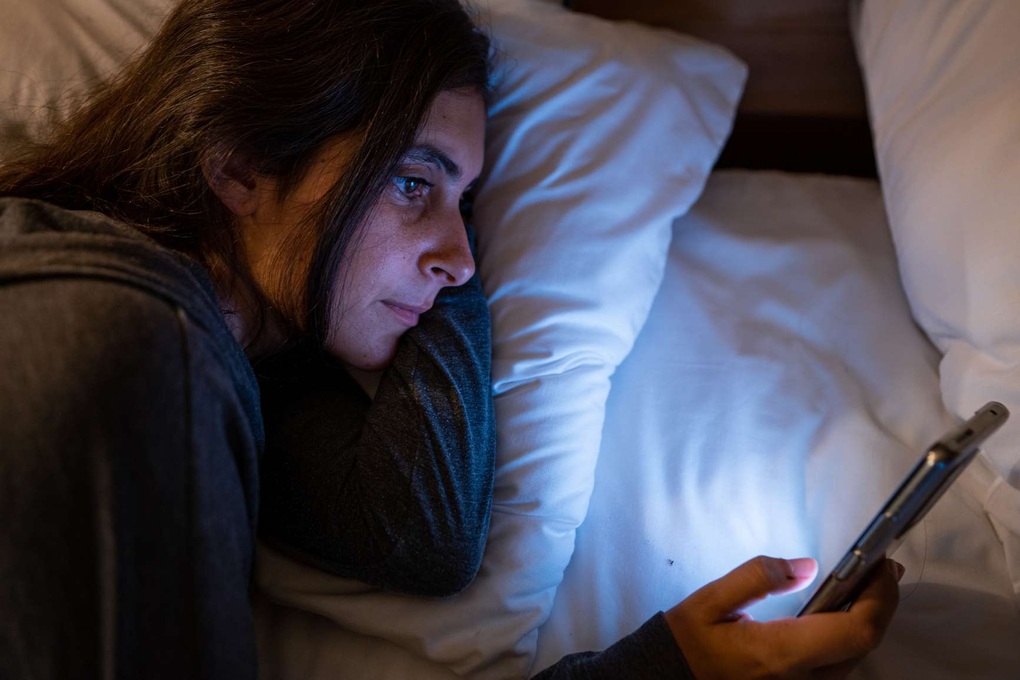
Trying to force yourself to sleep in 2 minutes can have health consequences (Photo: Getty).
According to the American Sleep Institute, falling asleep continuously for less than 5 minutes is often a sign of excessive daytime sleepiness, while about 10–20 minutes is the time to transition into healthy natural sleep.
This means that if you fall asleep too quickly, your body may be severely sleep deprived, which is counterproductive to the goal of “healthy sleep.”
In military environments, training soldiers to fall asleep quickly and deeply under conditions of prolonged sleep deprivation is necessary, because they must maintain high levels of physical response and recovery.
But in everyday life, trying to force yourself to fall asleep in 2 minutes is not only unrealistic, but also counterproductive. That is, when the practitioner constantly worries that “I can’t sleep yet”, that worry will activate the sympathetic nervous system, slowing down the process of falling asleep.
Instead, experts recommend a gentler version of the technique: focus on slow breathing, relax your facial and shoulder muscles, and avoid stimuli like phones, caffeine, blue light... for at least 30 minutes before bed.
Source: https://dantri.com.vn/khoa-hoc/khoa-hoc-he-lo-goc-khuat-ve-phuong-phap-ngu-nhanh-sau-2-phut-20251022092034123.htm




![[Photo] Prime Minister Pham Minh Chinh chairs meeting on nuclear power plant construction](https://vphoto.vietnam.vn/thumb/1200x675/vietnam/resource/IMAGE/2025/10/22/1761137852450_dsc-9299-jpg.webp)







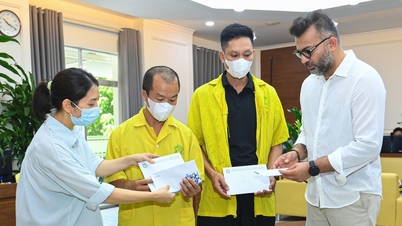









![[INFOGRAPHIC] The impressive career of Japanese Prime Minister Sanae Takaichi](https://vphoto.vietnam.vn/thumb/402x226/vietnam/resource/IMAGE/2025/10/22/1761134856370_info-tanthutuong-nhatban-anh-thumb-jpg.webp)









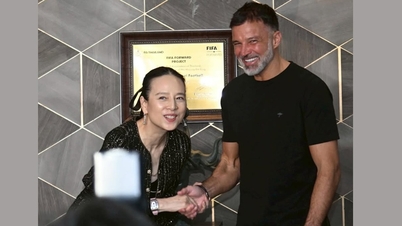

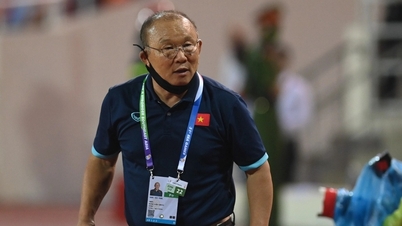

















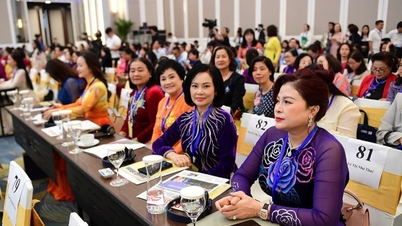





















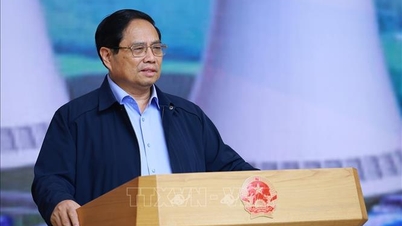

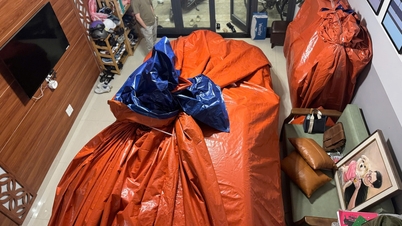


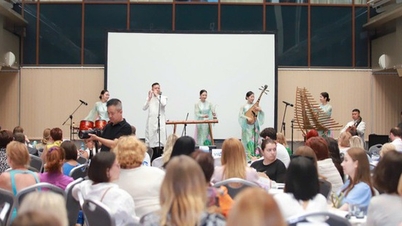



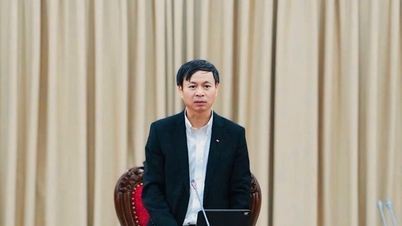







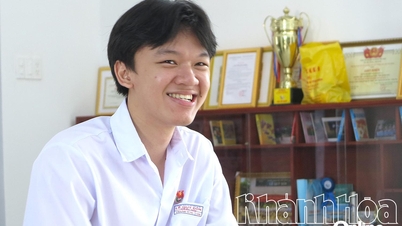

















Comment (0)